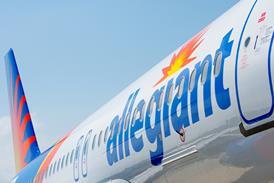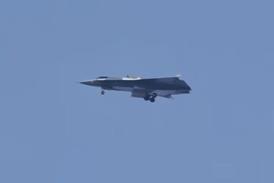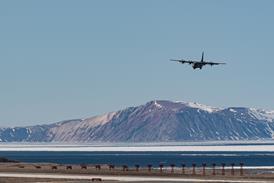When it comes to distribution, are the Global New Entrants (GNEs) the answer for cash-strapped airlines?
ITA Software and G2 Switchworks are names that offer beleaguered airlines a chance to claw back some of the $5.5 billion they spend every year on global distribution systems (GDS) booking fees. They claim to have found a way to allow airlines to achieve distribution through their highest yielding channel – travel agencies – without having to pay the $4 per segment demanded by the traditional GDS. If true, these global new entrants (GNEs), as they have been dubbed, could help dig the industry out of one of the biggest holes in its history. If not, then at least they will put some downward market pressure on GDS pricing, in itself a significant service to the airline community.
Effective channel
Few observers doubt that the internet has been effective as a channel for distribution directly to consumers but there is growing evidence that cost reductions have been achieved at the expense of yield. Pricing transparency has led consumers to seek bargains at many different websites before purchasing. The resulting reduction in revenue to the airline often outweighs the benefit of reduced distribution costs.
On the other hand, there is clear demand for a service that can deliver high yield distribution at significantly lower cost. Star Alliance announced in June that it would request information to assess the capabilities of the GNEs to reduce the $2 billion that the Star airlines spend each year with the four major GDSs. As the 16 Star carriers provide 35% of total GDS revenues, a shift to GNEs by Star would represent a significant blow to the prospects of the traditional suppliers.
There are, however, a number of barriers to success for the GNEs. The elimination of airline commissions has left the GDSs representing a substantial source of support to their travel agency subscribers. This involves financial support in the form of incentive payments, equipment (including software and hardware) and systems support. While no GDS publishes details of these expenditures in a way that makes comparisons meaningful, as much as 70% of the booking fees can relate to the costs of supporting the travel agency community. Any move to replace the GDS must take into account the need to continue that support.
United Airlines is one of the leading carriers driving the GNE initiative and has publicly indicated it would be willing to share up to $5 of savings per ticket with its travel agents. At 2.3 sectors per ticket this equates to $2.17 per passenger segment. While this is significant, major travel agents already receive more than this in cash or services from the GDSs.
The difficult changes in the business model are also accompanied by some cost increases. Airlines or their GNE suppliers will have to track, manage and integrate the payment of incentives. There are systems in place already but they will need modification.
Other IT costs will increase to support additional systems connectivity. Airlines that have outsourced their reservations systems will not find this exercise cheap as these are generally legacy systems and expensive to modify. While the GNEs have efficient core software they have had neither the time nor the financial incentive to develop a customer-facing service function to support migration to direct connect, although vendors such as EDS, IBM or Unisys do have the technical skills to address this problem, at a price.
Direct connect links consumers or travel agencies with the internal reservations systems of airlines without having to pass through an intermediary such as a GDS. The system has to integrate products from multiple vendors in the same booking as well as maintaining a large web of communications links to dissimilar systems. The advantage of the GNE is that it provides some of the cost benefits of direct connect while maintaining the convenience of the GDS.
Welcome competition
Despite these issues there is little doubt that the GNEs are making an impact which is generally welcomed. There is something to be said for competitive and fragmented distribution, rather than a highly consolidated, concentrated function, as any supplier to Wal-Mart will attest. By providing an alternative to the traditional GDSs, GNEs can help restrain the oligopolistic tendencies that have seen booking fees rise year after year while the airline industry has been in dire straits.
There are some real challenges to making the GNEs a viable channel, especially if they are to justify the “global” part of their title and succeed outside North America. Ultimately, the airlines need to invest effort to make the GNEs work and Star Alliance’s announcement shows that a large section of the industry is prepared to give it a go. The market will supply capital but venture capitalists and private equity firms will want to see a substantial return on investment.
The real issue facing the airlines is one of constant innovation. Calling the new entrants “global” is so far no more than a PR exercise, designed to highlight the implications of allowing these providers into the market. After all, no airline wants to see its distribution controlled by a few, powerful intermediaries, unless of course it can control them. GNEs are good news but they are not the revolution. Not yet.
RICHARD CLARKE AND IAN TUNNACLIFFE OF TRAVEL TECHNOLOGY RESEARCH
Travel Technology Research is a specialised research firm delivering decision support for effective and systematic marketing for the travel industry. Visit www.t2rl.com for more details
Source: Airline Business























